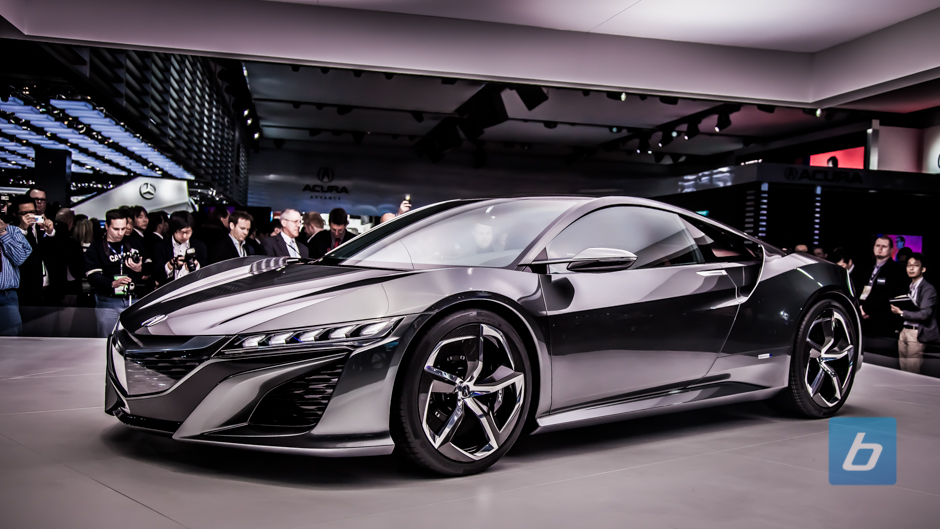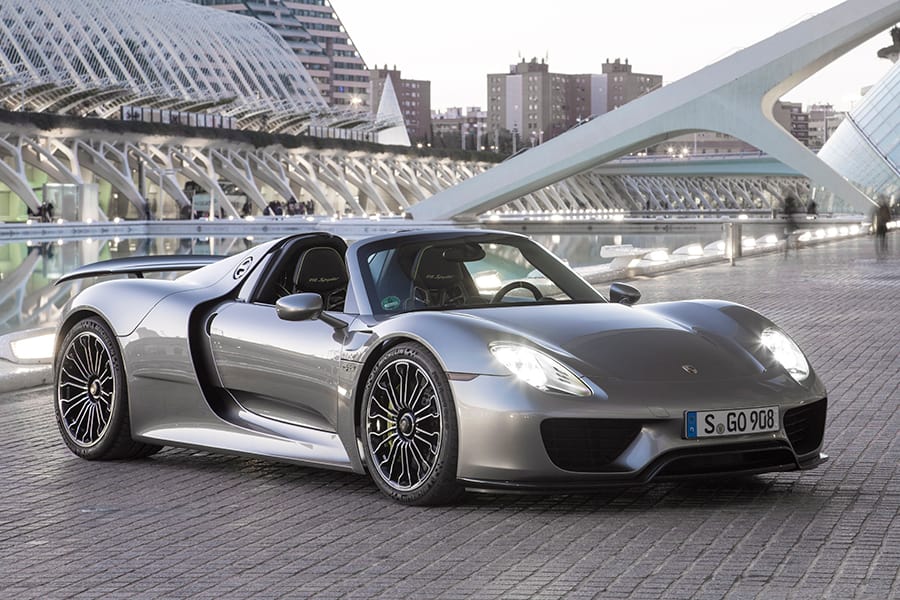There are several car enthusiasts who have dreamed of unique concept cars. Automotive engineers strive to bring such dreams to life; although rarely with complete success. Try as we might, technology just isn’t at the point where we could have flying cars on the market. The good news is, however, that technology is expanding and developing every day, so we might get there yet!
The idea of a concept car isn’t an old one. One heartening fact is that there are some cars available now that were only concept cars in the beginning. What may have seemed as a highly impossible flight of fancy is now a reality, much like the Internet. Automotive designers have seen their dreamed-of bodywork come to life.
Hence, there is no reason why we can’t look forward to a majorly colorful, fun, and exciting automotive future. Below are a few examples of some cars which started out as seemingly far-fetched concepts but made it to the production line:
- The Honda/Acura NSX

Sure, the name of Honda doesn’t really inspire any flights of fancy or give off a sense of uniqueness. A Honda is actually almost a synonym for inconspicuousness. There’s little attention you can draw while driving a Honda, yet they are an ever-popular and hardy choice.
Honda cars are excellent in performance and provide a decent racing feature. As a result, it very often seeks to innovate a vehicle in the racing area. Thus, the NS-X project was born, with the aim to create a car on par with the best of them.
NS-X was inspired by Ferrari models, with Pininfarina hired to design its body. This was the same design studio that is known for designing and producing the impressive Ferrari body.
The producing and designing of the Honda NSX went on between 1985 and 1990. In 1990, the NXS launched at around $60,000. Back in those days, such a car was a marvel of then-modern technology. It was the first one with an all-aluminum monocoque construction. This made the car much lighter than other Honda cars, or cars in general.
- The Porsche 918 Spyder

This car came about at a time when a car customer had to choose between fuel efficiency and performance. If a car guzzled gas like there was no tomorrow, it was able to run faster and better. If it saved on gas and the environment, there would be several problems with its race and build.
While there were hybrid cars (the first of their kind), they didn’t do much in the way of fuel-saving. This is where the Porsche 918 Spyder came along. The concept behind this car was to do away with the mutual exclusivity of fuel economy versus horsepower. In 2010, the Spyder did just that.
This car boasts two electric motors instead of one. This enhances the 500-horsepoer engine. It could get around 8- miles per gallon, a high-efficiency rating indeed. Thus, the people hailed the Porsche 918 Spyder as a fuel-efficient supercar.
As far as looks are concerned, the Porsche 981 Spyder looks like it comes straight from a car-lover’s dream. When its prototype came out, many thought the look alone meant this concept car wouldn’t become a reality. Add this to the fact that this was a plug-in hybrid, and the probability seemed even less. However, Porsche managed to prove all skeptics wrong this time around.
Of course, the name of Porsche comes with a hefty price tag. This is one of the downsides of bringing a concept car into reality. Costing around $850,000, not everyone could think about purchasing this supercar in a jiffy. However, this car was a limited edition, and boasted the most sales in the USA. Porsche halted its production in June 2015.
- The Audi TT
While a Porsche of any kind may be out of reach of the common man, there are other, more accessible, concept cars. The Audi TT is one of them. This vehicle has become so common that one may not even give it a second glance if they came across it on the road today.
However, when the Audi TT concept came about in 1995, it had a unique oval shape. This was severely out of the box in an industry full of straight lines, right angles, and rectangles. Inspired by the Volkswagen New Beetle’s turtle-like shape, the Audi TT shape had a lot to prove.
J Mays and Freeman Thomas designed the Audi TT at VW’s California design center. It was first unveiled as a concept car at the 1995 Frankfurt Motor Show.
In 2006, the Audi TT got a redesign. It was revamped to the TT Mk2, turning into a flatter, less round design. However, while it may seem more modern than the original, the new Audi TT’s look still retains its soul.
- The Nissan GT-R
This car hails from Japan and has majorly overtaken the market from its higher-priced competition. Its performance levels have made it a favorite among the ‘drifting’ crowd. However, its production has sadly been halted since 2002. It still belongs in this list though, as it delivers an unbelievably high performance at a relatively much lower price.
The Nissan GTR is also dubbed “Godzilla”, as its horsepower and performance were unmatched with a car of its price range.
At around $80,000, one would not expect this one to be a supercar, but it is. It had an original performance of 485 horsepower, could race at 193 miles per hour and had 434 foot-pounds of torque. It was thus at par with other world-class supercars. In fact, these perforce numbers have actually climbed up since its first unveiling.
Wrapping Up…
The few cars listed above are only the tip of the iceberg when it comes to making concept cars a reality. When their concepts first came out, they seemed as fantastical as driverless or flying cars seem now. However, we now know the speed at which technology is developing.
With success stories like the ones listed here, the car lovers everywhere can hope that more car concepts are realizable in the near future. It is also to be hoped that the future offerings would bring more environmentally friendly and safe options.
Author Bio
Jacqueline Brett is a Blogger, Academician, and a Motivational Speaker at an online agency from where students buy coursework for their academies. She is also a car fetish and has a penchant for vintage cars. She frequently writes about the new kinds of cars on the market and those in the workshops of famous manufacturers.
